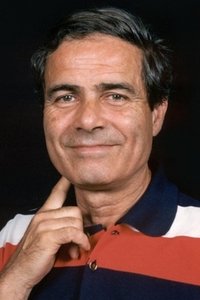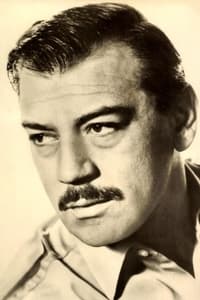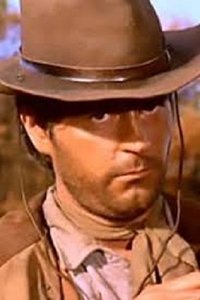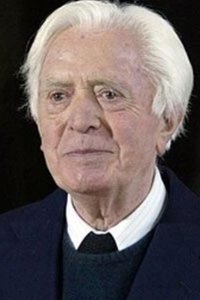We'll Go to the City
Genres
WarDrama
OverView
"Andremo in città" (We'll Go to the City) is a 1966 Italian drama film directed by Nelo Risi. It is based on the novel of the same name by Edith Bruck, Risi's wife. Bruck, a Hungarian concentration camp-survivor, settled in Italy after the Second World War and wrote about her experiences in autobiographical and fictional formats.[1] The film stars Geraldine Chaplin and Nino Castelnuovo.
Others
Budget
$--
Revenue
$--
Status
Released
Original Language
Italian
Runtime
102 mins
Rating
7.2/10
Release Date
17 March 1966
Country
Italy








